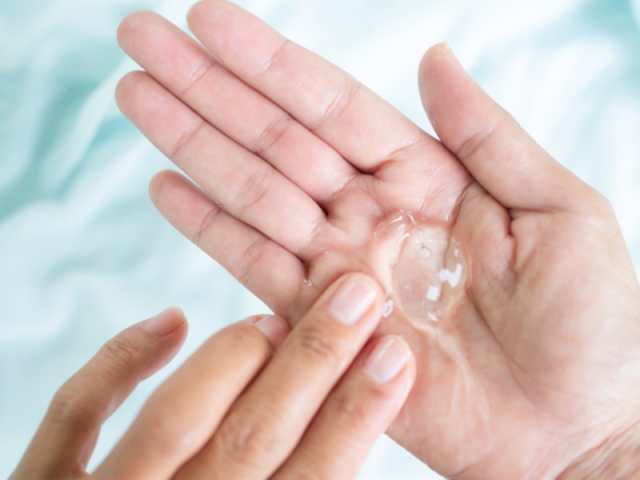
The Effect of Oxytocin Gel on Vaginal Atrophy in Postmenopausal Women

Introduction
When women enter menopause (the period of life when menstruation stops for at least 12 consecutive months), they experience several changes to their bodies. Declines in the body’s estrogen levels can lead to hot flashes, night sweats, vulvovaginal atrophy, and an increased risk of depression, osteoporosis, and sexual dysfunction.
Estrogen is integral to the process of stimulating the growth of cells in the outer layer of tissue of the vagina and supporting healthy vaginal mucosa. Therefore, when the body has decreased estrogen levels during menopause, women may experience thinner, more fragile, and less flexible vaginal tissues as well as reduced, thinner vaginal mucosa. This may cause painful intercourse (dyspareunia) and burning, stinging, and/or itching of the genitals.
Currently, vulvovaginal atrophy is often treated with local estrogen. While this method is effective with a small probability of adverse side effects, it is still useful to investigate other potential treatment options. In a recent randomized, double-blind, placebo-controlled trial, researchers examined the safety and effectiveness of using intravaginally applied oxytocin to treat vaginal atrophy.
Methods
Fifty postmenopausal women between the ages of 47 to 66 years participated in this study. All of the women were sexually active, in a monogamous relationship, and had clinically documented vulvovaginal atrophy.
The participants underwent a clinical examination before beginning the intervention. Their vaginal pH, the color of their vaginal mucosa, and the cytology of their vaginal cells were documented. Then, the women were randomly divided in a 1:1 ratio into the oxytocin group and the control group. They were all given 14 syringes either containing 1 mL of a gel with 600 IU/mL of oxytocin (for those in the oxytocin group) or 1 mL of the gel alone (for those in the control group). None of the participants knew which gel they received.
For two weeks (14 days), the women from both groups inserted 1 mL of their respective gel intravaginally each night before bedtime. At the end of the two-week period, the women were reexamined, and the color of the vaginal mucosa, the vaginal pH, and the cytology of the vaginal cells were again documented.
Results
The researchers found that the color of the vaginal mucosa shifted from pale white to red in all 25 individuals in the oxytocin group after treatment, which was likely due to increased circulation and vascularization of the mucosa. In contrast, just 4 of the 25 patients in the control group experienced this shift in the color of their vaginal mucosa.
Additionally, the researchers noted significant changes in the oxytocin group participants’ vaginal pH and vaginal maturation index (VMI). Specifically, the women using the oxytocin gel saw a significant decrease in their intravaginal pH and a significant increase in their VMI, indicating an increased proliferation and maturation of cells. All of these results suggested positive effects of using oxytocin gel to treat vulvovaginal atrophy.
Discussion & Conclusion
Although the relatively small-scale nature and short timeframe of this study may be considered limitations, the findings still indicate that oxytocin gel could be a safe and effective treatment for vaginal atrophy. The authors concluded, “Intravaginal treatment with an oxytocin gel containing 600 IU/mL of oxytocin, dispersed in a starch gel based on Hypromellose and adjusted to pH 3.8, effectively counteracts physical expressions of vaginal atrophy, suggesting that it can be used to rejuvenate the vaginal mucosa in menopausal women.”
References:
- Moussa, A., Moberg, K.U., Elgrahy, I., Elsayied, M., Abdel-Rasheed, M., Farouk, M., Saad, H., & Meshaal, H. (2023). Effect of topical oxytocin gel on vaginal mucosa in postmenopausal Egyptian women: a clinical randomized trial. The Journal of Sexual Medicine, 20(2), 177-183. https://doi.org/10.1093/jsxmed/qdac021

